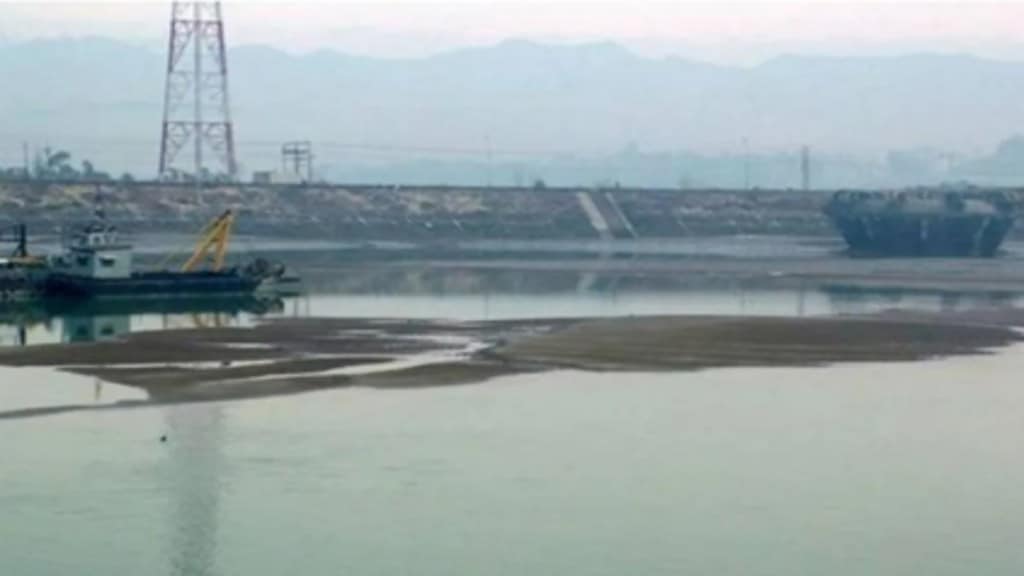According to government data, water levels in 150 major reservoirs nationwide have grown to 26 per cent of their entire live storage capacity after intense rains in various parts of the nation. However, these levels are still lower than they were during the same period last year. The water level was at 22 per cent last week.
Currently, 46.311 billion cubic metres (BCM) of live storage remain, representing 26 per cent of these reservoirs’ total live storage capacity. The live storage was 58.864 BCM during the same period last year, which is a considerable decrease, as per the Central Water Commission’s (CWC) Friday bulletin.
With a combined live storage capacity of 178.784 BCM, the reservoirs under observation account for 69.35 per cent of the nation’s entire estimated live storage capacity. Even with the large storage capacity, the present data shows that the storage that is available is only 79 per cent of what it was last year and 90 per cent of what is considered typical, which is determined by averaging the storage over the previous ten years.
Around the corner…
The northern region, encompassing Himachal Pradesh, Punjab and Rajasthan, is experiencing a notable shortfall. The 10 monitored reservoirs have a total live storage capacity of 19.663 BCM, with the current live storage at 5.979 BCM (30 per cent of capacity). This is significantly lower than last year’s 63 per cent and the normal storage level of 35 per cent.
The eastern region, which includes Assam, Jharkhand, Odisha, West Bengal, Tripura, Nagaland and Bihar, also shows a decrease. The 23 reservoirs in this region have a combined live storage capacity of 20.430 BCM, with current storage at 4.132 BCM (20 per cent of capacity). Last year, the storage was at 22 per cent, and the normal storage level was 24 per cent.
In the western region, covering Gujarat and Maharashtra, the 49 reservoirs have a total live storage capacity of 37.130 BCM. Currently, the storage is 9.398 BCM (25 per cent of capacity), down from 32 per cent last year and the normal storage level of 27 per cent.
The central region, comprising Uttar Pradesh, Uttarakhand, Madhya Pradesh and Chhattisgarh, has 26 reservoirs with a total live storage capacity of 48.227 BCM. The current storage is 13.035 BCM (27 per cent of capacity), lower than last year’s 39 per cent and the normal storage level of 32 per cent.
The southern region, including Andhra Pradesh, Telangana, Karnataka, Kerala and Tamil Nadu, shows a mixed trend. The 42 monitored reservoirs have a total live storage capacity of 53.334 BCM, with the current storage at 13.767 BCM (26 per cent of capacity). This is better than last year’s 22 per cent but still below the normal storage level of 27 per cent.
The briefing emphasises that the nation’s total storage position is lower than both the typical storage during this time of year and the similar period of last year. With respect to the entire capacity of 257.812 BCM, the estimated total live storage of the nation is 66.782 BCM based on data from the 150 reservoirs. The current storage levels point to possible difficulties with managing water resources and agricultural practices, particularly in areas where daily consumption and irrigation are largely dependent on reservoir water. Weekly reports and continuous monitoring by the CWC are intended to supply vital information for managing and alleviating the nation’s water scarcity problems.
(with inputs from PTI)

